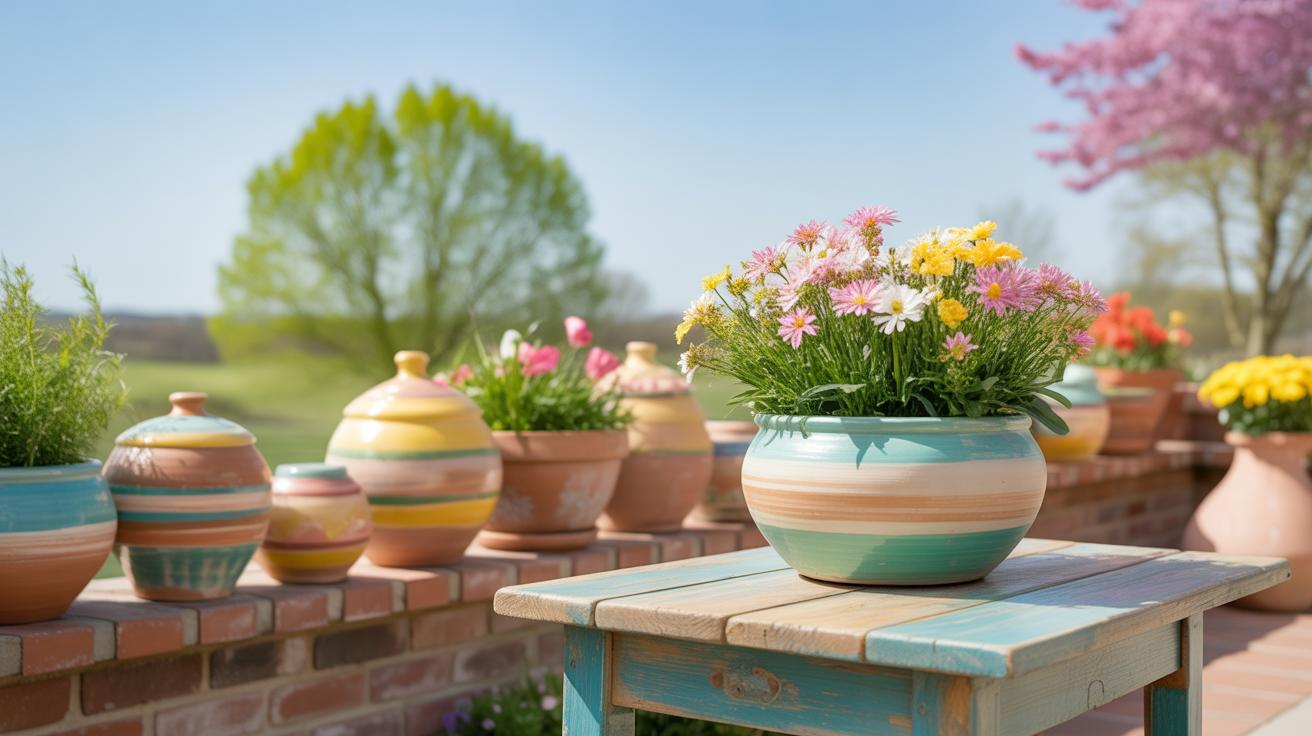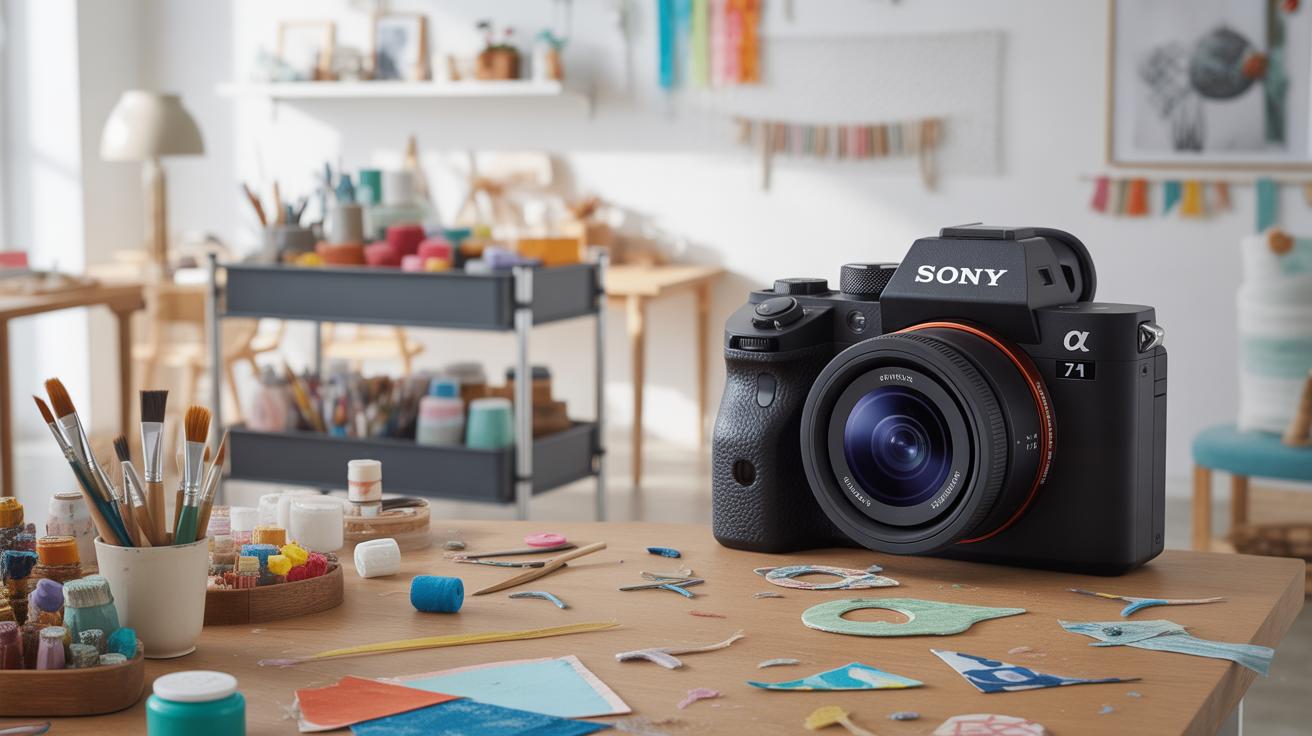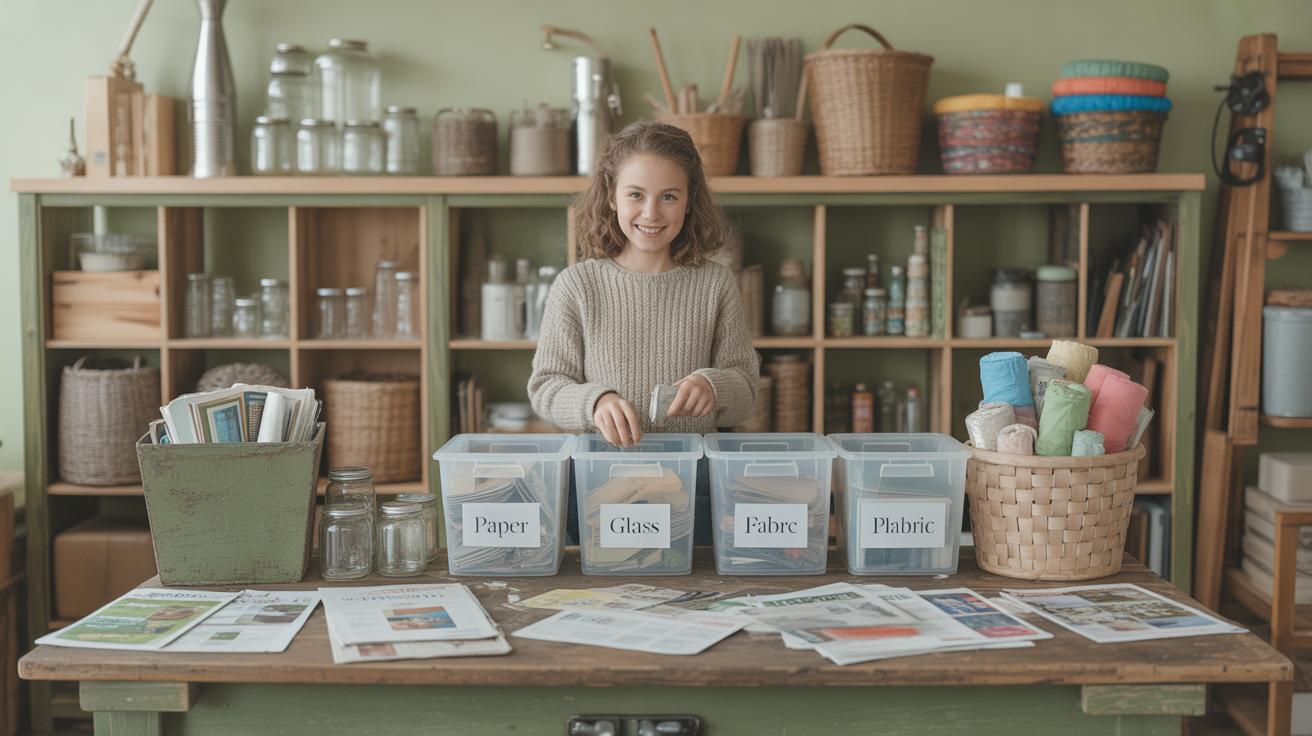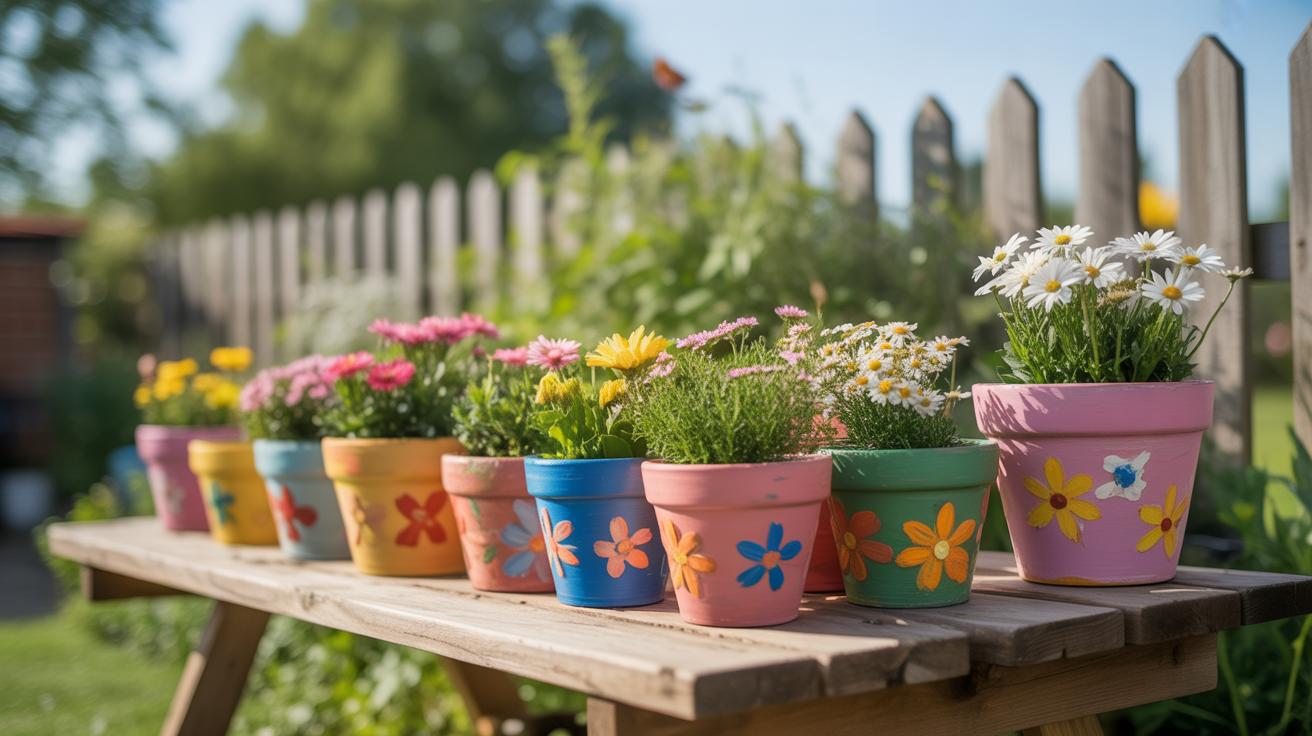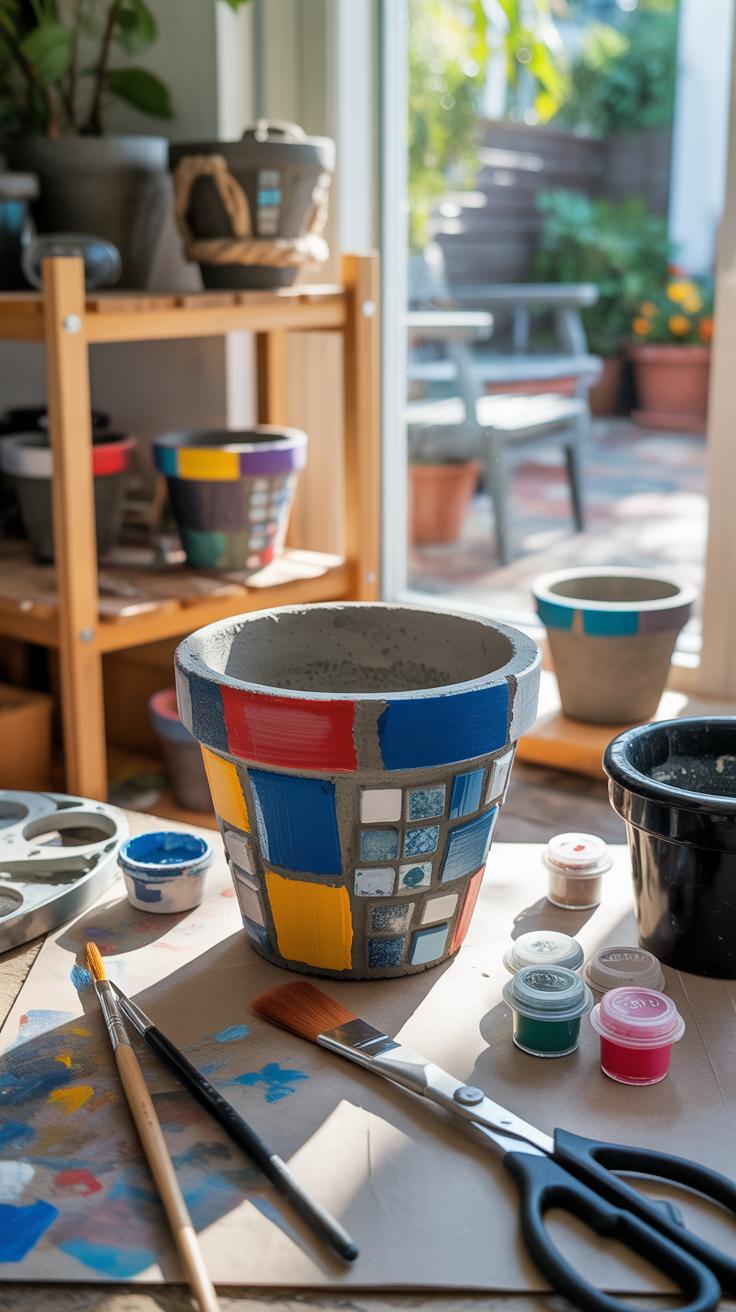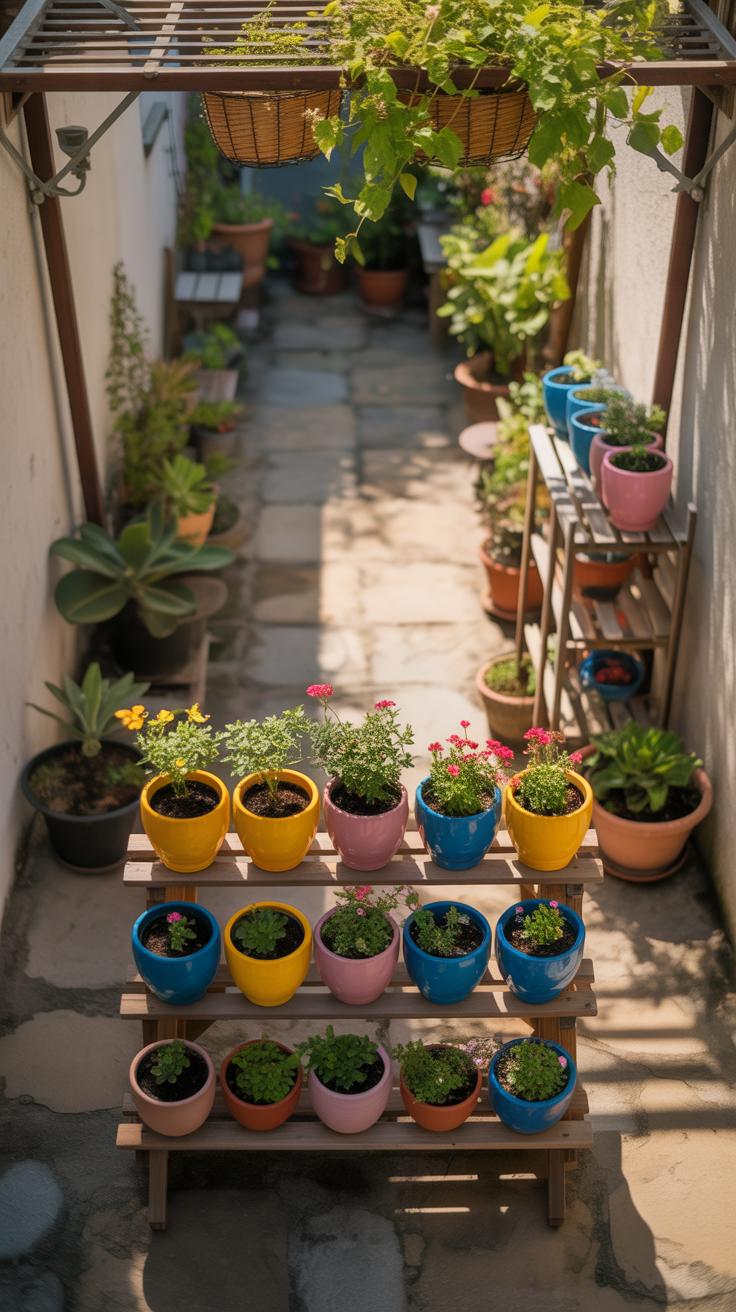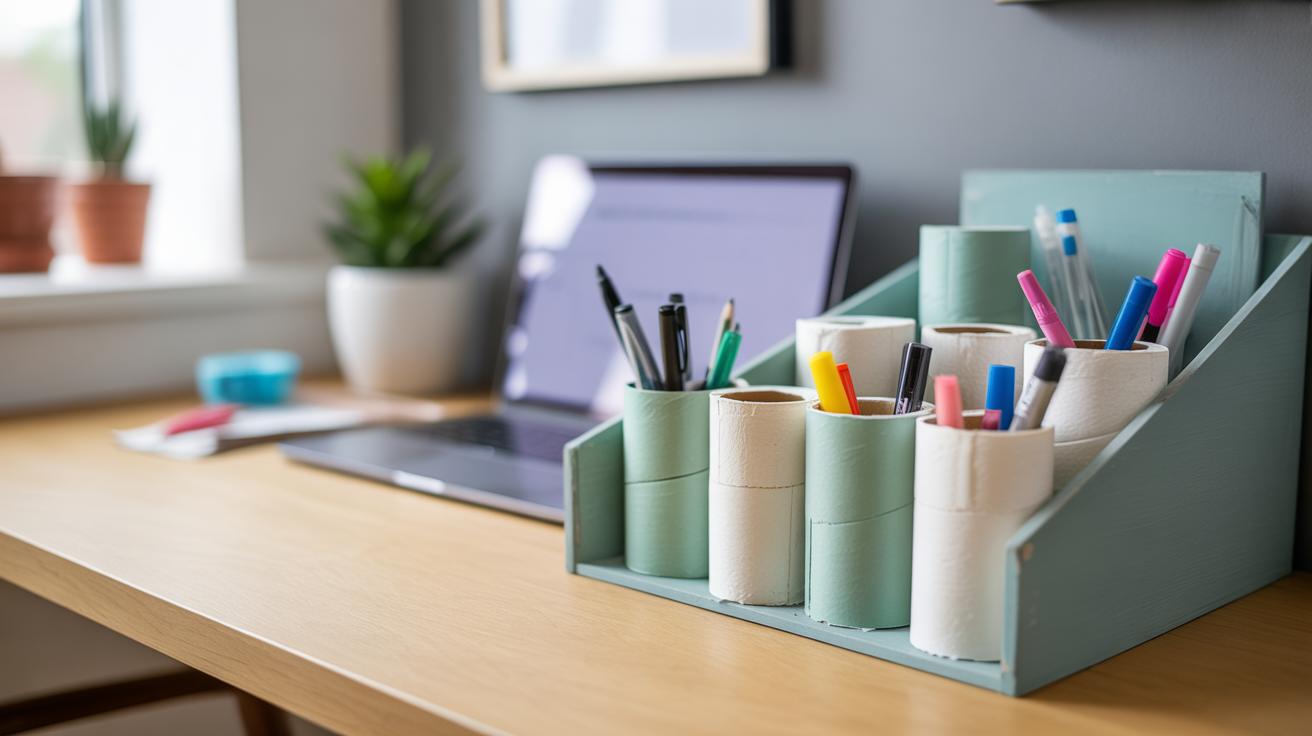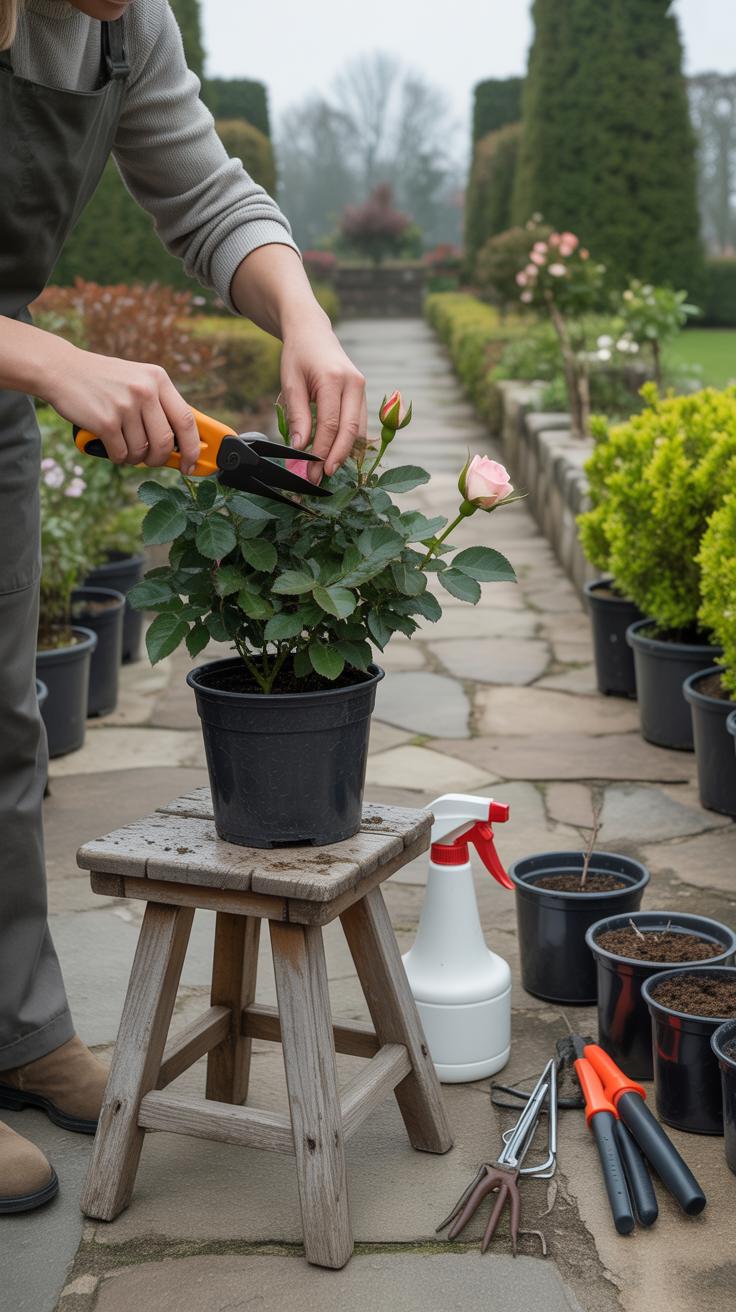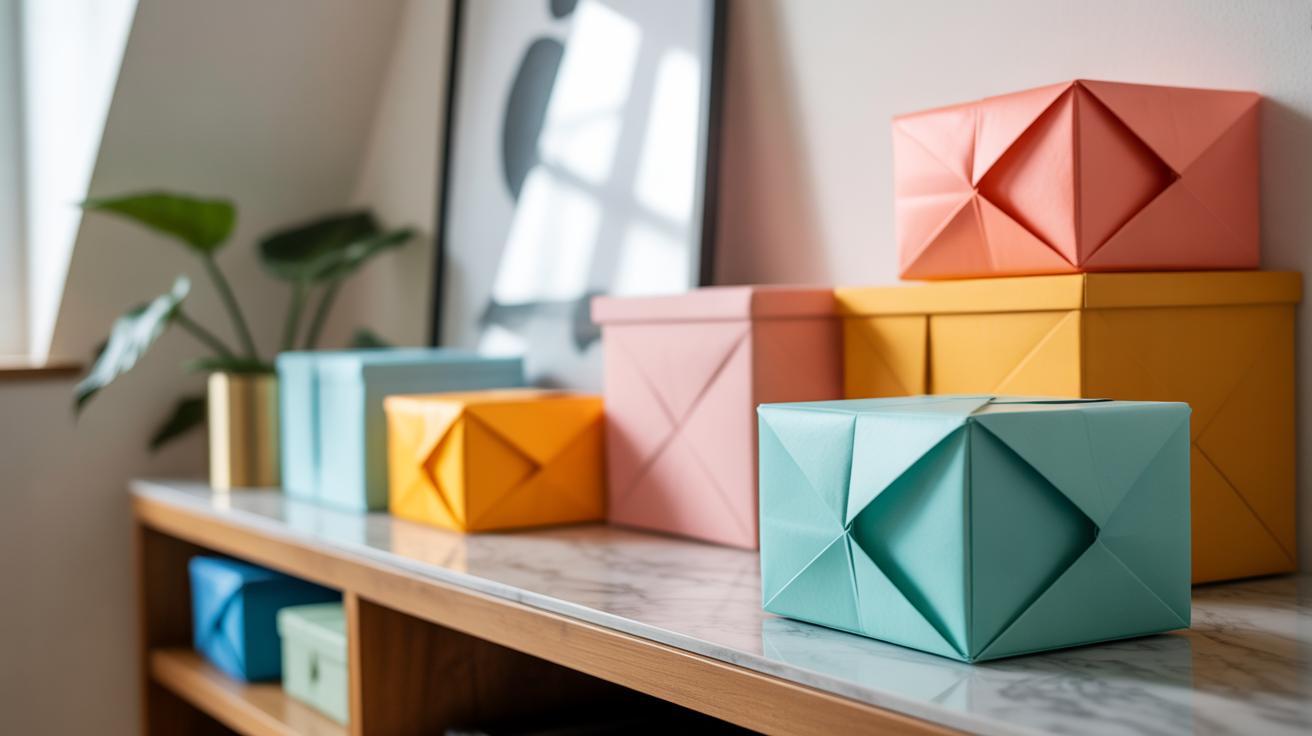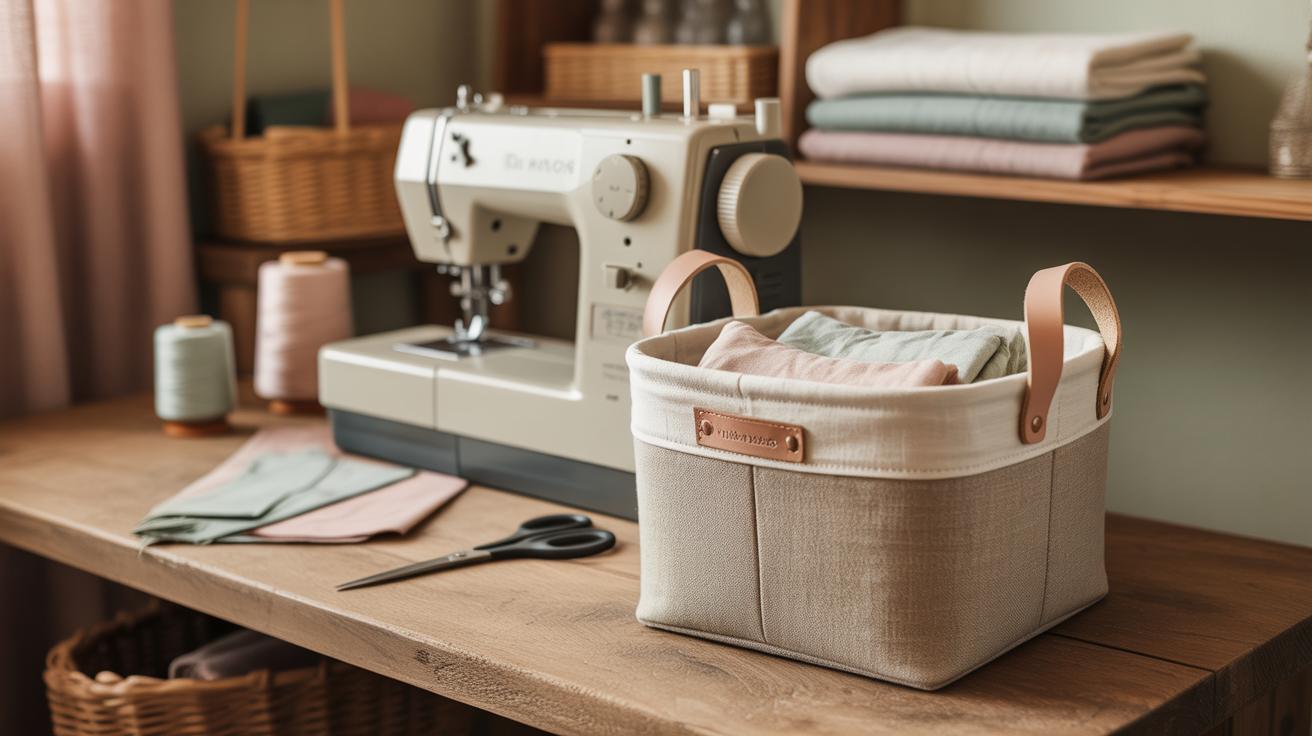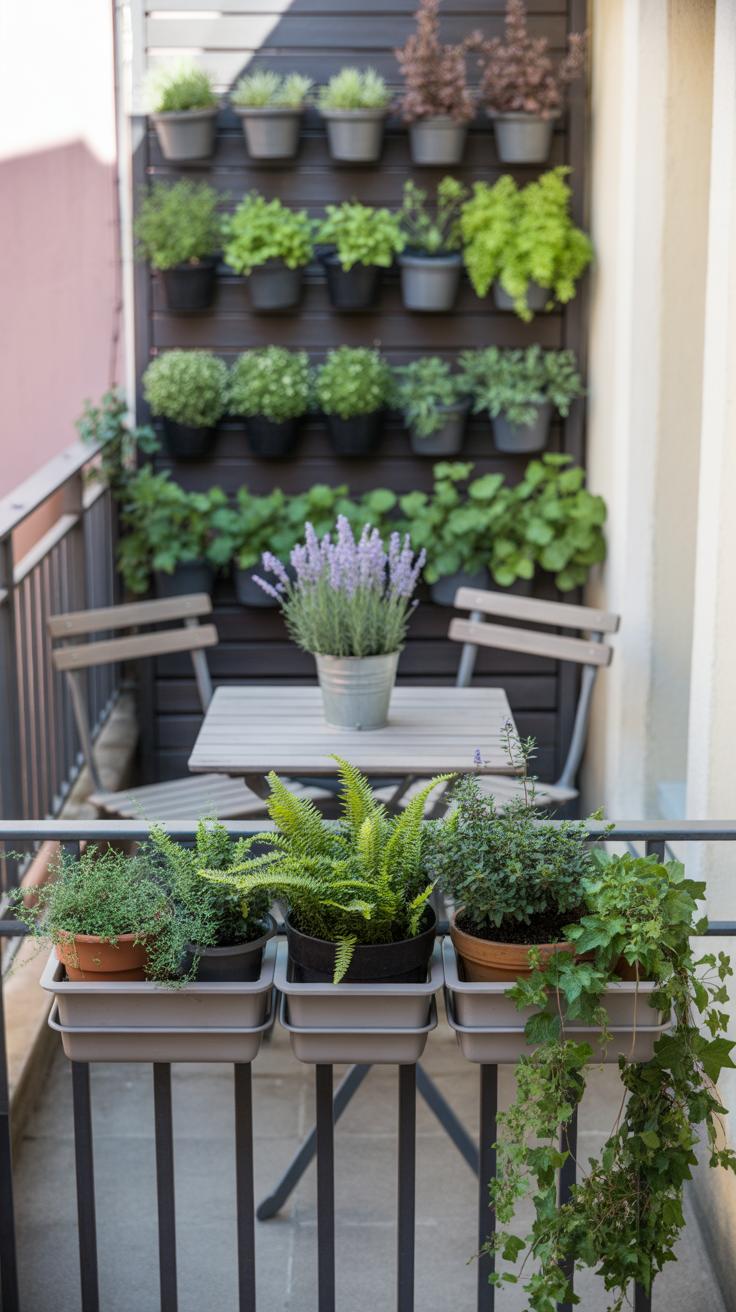Introduction
Flower pots are containers used to grow and display plants. Outdoors, they play a key role in creating a beautiful, organized patio. Using flower pots allows you to transport plants, start seedlings, and add a natural touch to your outdoor area. With the right choice of pots and some creative crafts, you can make your patio both functional and attractive.
This article will guide you through practical ways to select flower pots suitable for outdoor use. We will show you how to craft and arrange flower pots to keep your patio tidy and appealing. From choosing materials to designing layouts, you will find easy steps to enhance your outdoor living space.
Understanding Flower Pots and Their Outdoor Uses
Flower pots are simple containers designed to hold soil and plants, allowing you to grow flowers, herbs, or even small shrubs in limited spaces. Outdoors, they serve dual roles: practical and decorative. On a patio, they help you bring greenery into urban settings where garden beds may not be available.
Materials vary quite a bit, each with quirks. Terracotta pots, for example, are porous and promote good airflow to roots but tend to crack if left in freezing temperatures. Plastic pots are lightweight and resist weather but may trap moisture. Metal pots add a modern touch but can heat up quickly under the sun, sometimes stressing plants. There are also biodegradable options made from coconut coir or peat, which start to break down in soil—great if you want to reduce plastic use but less durable over time.
Ultimately, flower pots outdoors aren’t just about plants—they frame your patio, divide spaces, and sometimes even hide less attractive spots. They make gardening flexible, letting you rearrange or refresh your layout when you feel like it.
Types of Flower Pots and Their Benefits
Each pot type has something unique to offer. Terracotta’s natural breathability helps prevent overwatering; plants tend to thrive in these pots during warmer months. On the downside, they’re heavy and fragile.
Plastic pots win on weight and price. They’re easy to move around, which is handy if you like changing your outdoor setup often. Still, their low breathability might cause waterlogging if your drainage isn’t spot on.
Metal pots bring durability and style but watch out for heat retention—some plants don’t handle hot container surfaces well. These may work better in shaded patios.
Biodegradable pots make sense if you want to transplant seedlings directly into the ground without disturbing roots. They’re less durable but help reduce waste, which appeals to eco-conscious gardeners.
Choosing materials with good drainage options is crucial outdoors since excess water needs to escape to avoid root rot. This practical aspect sometimes outweighs aesthetics, depending on your plants.
How Flower Pots Help Organize Outdoor Spaces
Using pots isn’t just about plants—they act like pieces of furniture, helping you structure your patio. You can group pots by plant types or heights, creating a natural rhythm or visual flow.
For example, tall pots with large foliage can mark corners or edges, directing your eye and defining areas without building walls or fences. Smaller pots can fill gaps or decorate tables.
What many people overlook is mobility. Since pots are movable, they let you test different layouts. Want to brighten a corner or open space for a gathering? Just shift the pots around. This flexibility is perfect for changing seasons or moods.
Separating plants this way can also make care easier—herbs in one section, flowers in another—helping you remember watering or sunlight needs. It turns your patio into a kind of living catalog.
Have you tried turning your flower pots into a kind of organizational tool? Sometimes, it’s the simple act of picking up a pot and moving it that makes your outdoor space feel newly alive. It changes everything—yet hardly takes any effort.
Choosing the Right Flower Pots for Your Patio
Selecting Pot Size and Shape for Plant Health
Picking the right size pot can be trickier than you think. Your plant’s roots need room to grow, but too much empty soil might invite waterlogging or root rot. For most flowering plants, aim for a pot wide enough to hold the mature root ball with about two inches extra on all sides. Depth matters, too—deep pots suit plants with taproots like dahlias, while shallow, wide pots work better for spreading roots such as succulents.
Think about plants that grow tall or bushy; they often require bigger pots to keep stable and avoid tipping over on a windy day. Sometimes a pot that looks a bit large compared to the plant is actually helpful if you want to encourage quick growth. But don’t go overboard, or the soil stays soggy for longer.
Matching Flower Pots to Your Patio Style
Your patio is your outdoor room—it deserves pots that feel like they belong. Rustic wooden decks might call for clay or terracotta pots with natural, earthy tones. Sleek, modern patios might lean toward minimalist ceramic or matte metal pots. Colors can be tricky. Neutral colors are safe but sometimes a bright pot adds personality, especially if your plants have more subtle shades.
Texture adds a layer of interest. Rough surfaces contrast nicely with shiny tiles or smooth concrete, while smooth pots can mirror polished surfaces outside. Don’t hesitate to mix styles a little; a row of classic terracotta pots won’t look wrong next to a statement piece like a large galvanized metal container. In the end, it’s your space—balance what pleases you with what fits.
Crafting Unique Flower Pots for Outdoor Use
When thinking about personalizing your flower pots, the possibilities stretch far beyond just picking colors. You might try painting them with bold or soft hues to match your patio vibe or even experiment with unexpected textures. For instance, gluing small stones around the rim creates a natural, rugged look that’s surprisingly easy. Or, wrapping pots with coarse rope adds a rustic feel and some grip for when you move them. It’s a simple trick, but it changes the whole atmosphere.
Creativity here doesn’t need to be perfect. Imperfect brush strokes or unevenly placed decorations bring charm. If you hesitate about freehand painting, stencils can guide you, making patterns or shapes pop without too much fuss. Also, layering materials, like a bit of twine over a painted base, offers subtle variation that draws the eye.
You know, sometimes the most distinctive pots come from combining small ideas you like rather than one big plan. Could you try mixing pebble mosaics on the bottom half and soft colors above? That might work, or it might feel a bit off—it’s okay either way. After all, these pots are yours, and adjusting their look over time is part of the fun.
Simple Flower Pot Decorating Techniques
If you’re new to flower pot crafts, start with easy methods that don’t require fancy tools. Here’s a straightforward way to brighten up a plain pot:
- Choose a pot with a smooth surface, preferably terracotta.
- Pick a couple of acrylic paint colors you like.
- Use painter’s tape to mark off stripes or geometric shapes for clear edges.
- Paint inside the taped areas carefully—don’t rush.
- After drying, peel off the tape to reveal neat patterns.
- Seal with a clear outdoor-friendly finish to protect your work.
Stencil usage is another beginner-friendly approach. Place a simple design on the pot and dab paint with a sponge. If painting isn’t your thing, wrapping pots with jute twine or burlap adds warmth and texture without mess. Just glue the material in place and trim the excess. Even a bit of fabric can change the whole look.
Using Recycled Materials to Make Flower Pots
Rather than buying new pots, you might want to give old containers a second life. Using recycled materials isn’t just good for the environment—it often results in intriguing shapes and textures that store-bought pots can’t match.
For example:
- Turn an old metal bucket into a larger planter by drilling drainage holes.
- Paint or decorate empty tin cans with bright colors or patterned tape.
- Stack wooden crates as multi-level planters, arranging flowers or herbs inside.
One thing I noticed while trying this was how unpredictable textures add unexpected charm. The slight rust spots on a bucket gave mine character rather than looking worn out. Downsides? Sometimes drainage is tricky and adjustments are needed. But that’s part of the process, right? Keep asking yourself: what can I salvage around the house to make my patio feel more personal and sustainable?
Arranging Flower Pots to Maximize Patio Organization
Grouping Pots by Plant Needs and Size
When organizing your patio, grouping flower pots by their plant needs can make a big difference. Think about how much water and sunlight each plant requires. Some plants like shady spots and minimal watering, while others soak up full sun and thrive on frequent moisture. Keeping these together can save you time and prevent mistakes.
Also, consider the size of your pots and plants. Larger plants tend to need more space and can overshadow smaller ones if placed too close. So, placing big pots in one area and smaller ones in another creates balance—and prevents accidental damage when moving things around. This grouping approach feels natural, though, honestly, sometimes I just mix them up and see what happens.
Using Vertical Space with Flower Pot Stands
Flower pot stands and shelves transform patios by freeing up ground space. Vertical arrangements can give you more plants in smaller areas without making the patio feel cluttered. Plus, they bring layers and height to the scene, which looks surprisingly neat.
You can stack smaller pots on tiered shelves or use hanging stands for trailing plants. Try to vary pot shapes and colors—it breaks monotony and adds personality. But be careful not to overload any shelf; too many pots up high can get unstable or too heavy.
One time, I put a small stand near my door with herbs on it. It saved floor space, smelled great, and made watering quick. Maybe vertical setups aren’t for every patio, but I’d say give it a try—you might find it works better than expected.
Maintaining Outdoor Flower Pots and Plants
Watering and Drainage Tips for Healthy Plants
When it comes to watering your potted plants outdoors, the key is balance. You don’t want to drown them, but drying out is just as risky. Generally, most outdoor pots need watering once or twice a week, but this depends a lot on the type of plant, the pot’s material, and your climate. Clay pots, for example, breathe more and may require more frequent watering than plastic ones.
Drainage holes are crucial. No drainage means water can pool at the bottom and suffocate the roots, causing rot. If your pots don’t have holes, try drilling some or add a layer of gravel at the bottom. Though, that’s not a full fix—I’ve learned that drainage holes truly make the biggest difference in plant health. You might check soil moisture by poking your finger into the soil; if it feels dry a couple inches down, it’s probably time to water. Yet, sometimes plants surprise you. Some can handle drying out a bit better than others, so observe your plants closely.
Cleaning and Seasonal Care of Flower Pots
Dirty pots can harbor diseases or pests, so cleaning them is a good habit. Rinse your pots with water and scrub gently with a brush to remove soil and algae. For stubborn stains, a mix of water and mild soap works well. Avoid harsh chemicals, unless you’re thoroughly rinsing afterward. I once left soap residue and nearly stressed my plants—best to be cautious.
When seasons change, particularly heading into winter, give your pots some extra attention. Empty the pots of soil if you move them indoors or to sheltered spots. Let them dry completely to avoid mold or cracking. If you leave them outside, move them where wind or frost is less severe. Some pot materials, like terracotta, can crack easily if water freezes inside. Covering with frost cloth or bringing them indoors can save you trouble later on.
Simple seasonal cleaning and protection can keep your outdoor pots looking neat and extend their life. Will you try cleaning your pots this week? Sometimes the effort pays off more than you expect.
Creating Functional and Decorative Flower Pot Crafts
Turning flower pots into more than just containers can change your whole patio vibe. Think about building a simple potting bench—it doesn’t have to be fancy. Just a sturdy surface at a comfortable height where you can repot plants, store tools, or even arrange flowers. I once made one out of leftover wood planks and old crates. It wasn’t perfect, but it held all my pots and gave extra workspace, which felt surprisingly useful.
Labels are another way to step up organization without much effort. You might try painting stones, using wooden sticks, or even metal tags if you want something long-lasting. Sometimes I forget what I planted where, so having clear labels saves time and guesswork, especially when caring routines vary. You could jot down watering frequency or sunlight preferences – a quick, handy reference that grows with your garden.
Hanging displays offer a neat way to decorate while freeing up floor space. You can fit several pots onto a wall or from a pergola with hooks or a DIY macramé holder. It’s creative, but also practical, especially if your patio isn’t very large. Plus, seeing plants at eye level changes how you interact with them on an everyday basis.
So, why settle for flower pots sitting still? Making simple crafts to support and decorate them brings new life to your outdoor space. What project might you try first?
Using Flower Pots to Add Greenery to Small Patios
Small patios often pose a challenge when you want to bring in some greenery without cluttering the space. Flower pots offer a simple solution. By placing plants in pots, you can introduce color and life without planting directly in the ground. This flexibility lets you move plants around as needed, which is especially handy when space is tight.
One way to make the most of limited space is by choosing compact pots. Think small but sturdy containers that don’t overwhelm your patio. Grouping these in clusters helps create a garden feel without taking up too much floor area.
Vertical arrangements can also help. Using wall-mounted planters or stacking pots lets you add more plants without sacrificing square footage. It changes how you use your patio, turning walls into green canvases. You get more plants, less mess on the ground.
Best Flower Pots for Small Spaces
Picking the right pot size is key. Smaller pots are easier to fit but watch out—they dry out faster. Medium-sized pots, around 6 to 10 inches in diameter, strike a balance between plant health and space. Shapes matter too. Narrow, tall pots save floor room but can tip over if not weighted properly. Wide, shallow containers are good for spreading plants out horizontally, but limit tall growth.
Consider materials that keep weight down if you move pots often. Plastic or resin can work, but clay and ceramic offer better breathability for roots. You might need to adjust watering with different pot materials to keep plants thriving.
Vertical Gardening with Flower Pots
Stacked pots are an easy vertical gardening method. Placing smaller pots on top of larger ones creates layers of greenery. You can arrange trailing plants to spill down and fill gaps. Even a simple ladder or shelf repurposed as a plant stand adds height and interest.
Wall-mounted planters free up floor space altogether. Mount several pots in a grid or staggered layout. Some planters come with pockets or compartments, squeezing more plants into one spot. This method is great if your patio walls get good sunlight.
It’s worth experimenting with different vertical setups. You might find a particular style that suits the light patterns and your daily use of the patio. Vertical gardening with pots turns a cramped area into something surprisingly lush.
Incorporating Flower Pots into Outdoor Living Areas
Flower pots can really anchor your outdoor space, especially if you think about how they interact with the furniture and decor around them. Try grouping a few pots of different sizes next to a lounge chair or side table—that way, they create a natural, almost accidental feel. Sometimes, a large pot with a tall plant next to a couch can give a corner real personality without overwhelming the space.
Mixing materials is an interesting way to go too. For example, rustic clay pots paired with sleek metal furniture might seem odd at first, but they can actually balance out each other nicely—soft versus hard textures. Small pots can also be placed on shelves or built-ins alongside decorative items for a layered effect. I’ve found that having pots which echo the colors in your cushions or throws pulls everything together, making the space feel more intentional.
Don’t be afraid to let a flowering pot become the focal point of a patio zone. Placing something eye-catching near the dining area or entry can subtly invite people to come closer and linger, without you needing to overdecorate.
Arranging Flower Pots Around Seating Areas
Where you put your pots matters as much as what you put in them. Placing pots close to chairs or benches not only softens the hard edges of furniture but can also create natural “barriers” that define a seating area. I once lined a pathway with low flower pots to guide guests toward the seating nook, and it made the whole space feel more deliberate, like a little secret garden.
Try clustering pots near a table, but avoid crowding. Leave space for movement, which keeps the area inviting rather than cluttered. Taller plants at the back and smaller ones near the front work well visually and don’t block views or conversations.
Using pots beside doorways or steps can also warm up usually overlooked zones. Even a single leafy pot by the entrance can help the whole area feel cozier and more personal—almost like a subtle welcome.
Choosing Plants That Thrive Around Patios
Selecting the right plants depends a lot on your environment, but for most patios, you’ll want those that are tough yet attractive. Succulents and herbs like lavender or rosemary thrive in sun and don’t demand too much fuss. Ferns and hostas are better if your patio stays shaded part of the day.
Creeping plants like ivy or vines are worth thinking about, especially if you have vertical space or trellises. They add greenery without taking up floor space. But watch out—some can get a bit wild, so maybe go slow at first.
If you like seasonal changes, consider swapping out annual blooms like petunias or marigolds to keep your patio lively through the year without overwhelming maintenance.
Conclusions
Flower pots serve many purposes in outdoor gardening. They help organize your patio and add charm to your surroundings. By choosing the right pots and using crafts, you can create a neat, welcoming space for plants and people. Think about the size, material, and number of pots when planning your patio layout.
Remember, your patio is an extension of your home. Use flower pots creatively to make it more inviting. Organizing with pots is simple and rewarding. Let your imagination guide you as you design your flower pot crafts and arrange your patio for the best outdoor experience.

